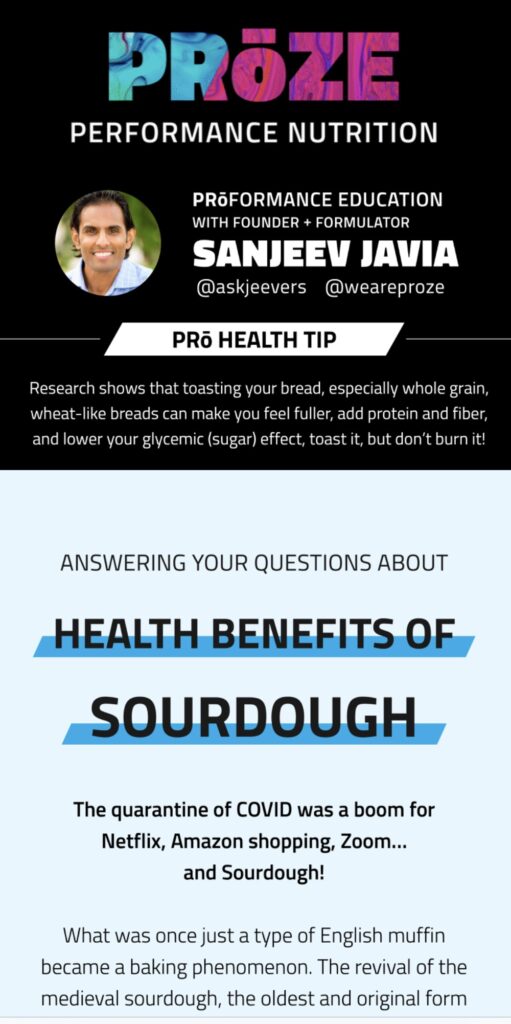Eat Within A Window…Then Close It!
I first read about Intermittent Fasting (IF) in the book, The Circadian Code, written by Dr. Sachin Panda. Deeply rooted in Eastern philosophies of medicine, especially Ayurveda, the concept is quite simple. IF involves eating within certain time periods and allowing your body and systems a true rest between meals. If done properly and consistently, research has shown it can promote incredible health benefits. Whether it’s for losing weight, gaining more energy, “cleansing” the body, or healing from various illnesses or diseases, IF has become the world’s hottest health, fitness, and wellness trend. Let’s take a closer look at IF to see what it is and how best to use it..
Q: What is Intermittent Fasting (IF)?
A: It’s an eating pattern involving eating and non-eating (fasting). The fasting time can be days, weeks, or even just hours. However, when it’s just hours and within a 24hr period, the more appropriate term is “time restricted eating”. The term fasting should be reserved for when individuals are not eating for a full day or more.
Q: How long should your non-eating period be?
A: This truly depends on your goal and how carefully you are supervised by a professional. Individuals have gone weeks and even months with consuming nothing but water or light liquids, this is only advised if you have serious health issues and are supervised by a health practitioner. But most individuals will fast for a day or two, and even more practice time restricted eating, where they eat within a 8, 10, or 12hr window within 24hrs.
Q: What are the immediate health benefits?
A: Weight loss, higher levels of energy, better sleep. Multiple studies have shown that eating within an 8 or 10hr window promoted weight loss. These individuals also reported they had more energy during the day, less brain fog, and slept better. What’s interesting is that they not only ate the same foods, but the same amount, so nothing changed except for eating within a specific window.
Q: What about long term?
A: When performing IF consistently, you seem some pretty extraordinary benefits. It has shown to reduce insulin resistance, helping you to manage your blood sugar, reduced inflammation, reduced LDL cholesterol and triglycerides, promoted human growth hormone, and prevented some types of cancer. There has also been research to show it’s benefit in Metabolic Syndrome, a group of conditions that lead to diabetes, heart disease, and neurological issues.
Q: Why does IF have these effects on the body?
A: Simply, it gives the body the time to repair and recover. When you are eating, you are not only working the digestive system, but releasing hormones, enzymes, creating waste products (toxins), not allowing your body to use its reserves, etc… The body is in a constant state of use and never gets a chance to fully digest, metabolize, and most importantly repair and recuperate. Usually this happens during sleep, but most individuals will eat right up to the point they hit the pillow or have a hefty meal a hour or two before bed that needs to be digested through the night. There is not break, think about if you never had a chance to sleep, you’d be constantly run down and be susceptible to injury or illness.
Q: What’s the best way to start IF?
A: Before IF, start with time restricted eating. Focus on hours rather than days without eating. Take a look at how long you’re eating window is now. From your first bite to last. Then try to cut it back a couple hours. Usually if you start with a window of 12hrs, that’s great. Then scale back to 10hrs. If you’re trying to lose weight, try 8hrs. But that’s it, keep it between 8-10hrs. Your next step would be to focus on eating the right types of foods within the window, getting healthier and healthier.
Q: Where do people go wrong doing IF?
A: Not eating enough calories. IF is not about eating less food or calories, it’s about eating the proper amount of calories within a shortened time frame. You need to first figure out how many calories you should be eating (use something like the Harris-Benedict Equation), then find the right types of heathy foods (whole foods, focused on vegetables, fruit, lean meats), then fit all of them within the desired time frame (between 8-12hrs).




